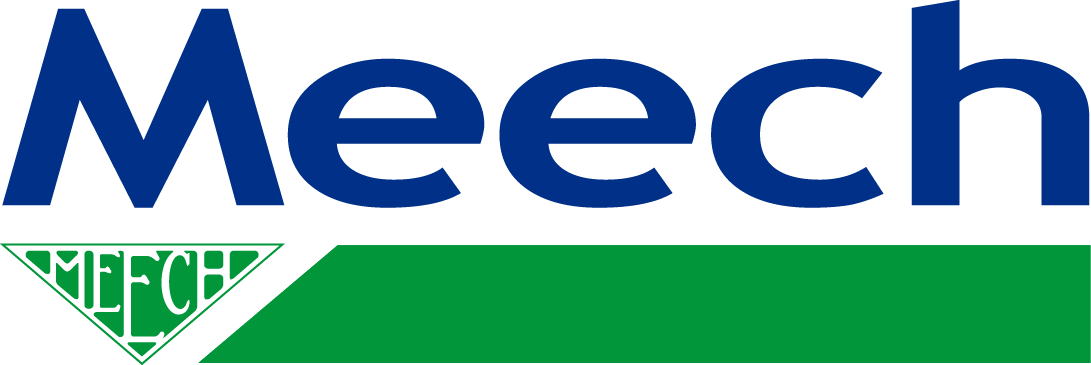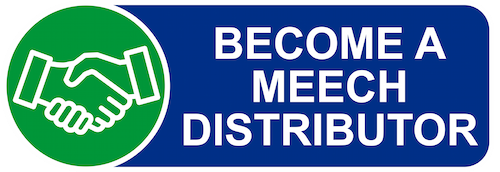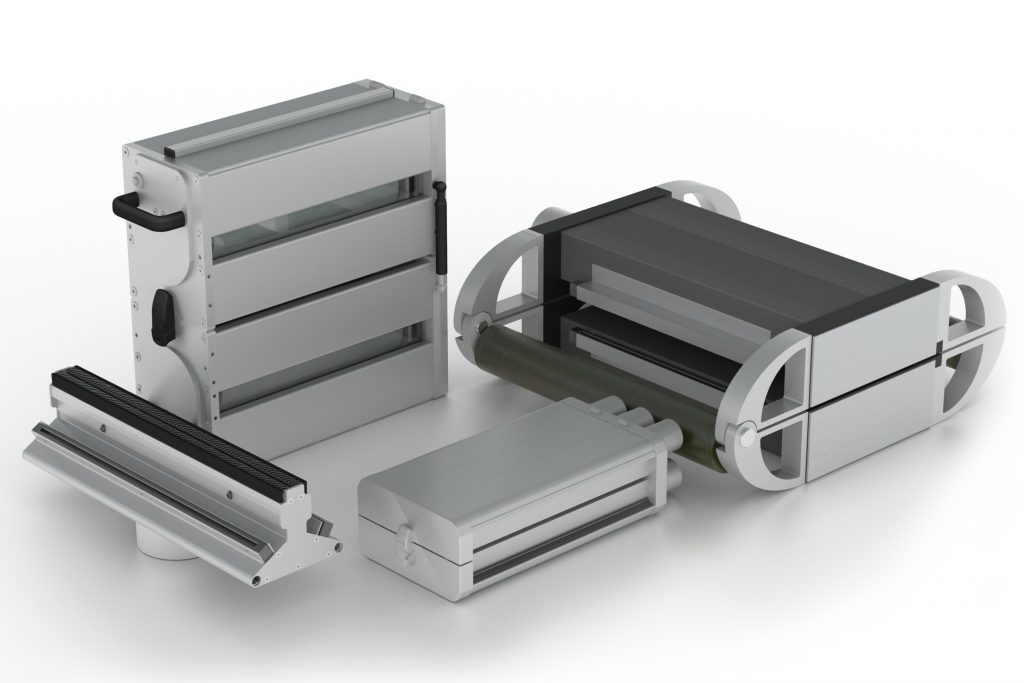Introduction
Converters know that a clean web is a productive web. By removing the contamination that is an inevitable by-product of high-speed webs, effective web cleaning systems increase productivity by reducing maintenance downtime and minimising the waste caused by sub-quality product.
From automotive products to solar panels, food to medical packaging, the range of applications that benefit from web cleaning is wide. But there is no one solution that fits all of them. Converting lines process different materials, at different speeds and tensions. The types and levels of contamination differ, as do the reasons why web cleaning is necessary. Is it principally a customer requirement? Or a maintenance issue? Given that any web cleaning solution will almost certainly have to fit into an existing production line, how does this influence the choice of system?
All these factors, and more besides, will contribute to the final equipment selection. To decide which factors are most important, it is fundamental to understand the basics of web contamination — why it happens, and how to tackle it.
There are two main reasons why a web attracts a variety of contamination, in the form of dust, dirt and assorted particles: the boundary layer created by any moving web and the generation of static charges. An effective web cleaning solution must be capable of tackling both.
Static electricity can occur due to the friction or separation between two objects, creating an electrical charge on the material surface that will attract contamination to the web. The boundary layer is caused by the ambient air that the web drags along when in motion. It draws contamination to the substrate, trapping it either beneath the layer — and therefore directly on the web’s surface — or holding it within the layer. The slower the web is moving, the thinner the boundary layer; as the speed increases, so does the layer’s thickness.
Contact or non-contact?
There are two basic web cleaning technologies for breaking the boundary layer — contact and non-contact — and which is chosen depends on the materials being processed, the application, the flexibility required by the converting line, and, of course, the budget.
Contact cleaning systems typically take one of two approaches: vacuum technology, or adhesive rollers. Several different designs of contact vacuum system are available. One employs a low-friction component of the cleaning manifold — a highly-polished steel faceplate, for example — to make contact with the web, breaking the boundary layer and releasing the contaminants, which are subsequently vacuumed away.
Other contact vacuum systems incorporate brushes to free debris before vacuuming. While this approach is effective when large particles need to be removed from heavily contaminated surfaces, it can be too harsh a cleaning method for use on sensitive materials (although some systems feature retractable brushes to avoid damaging abrasion). In addition, the necessity of removing contaminants from the brushes raises the possibility of cross-contamination. Brush systems also require a significant capital investment.
Systems using adhesive rollers incorporate twin elastomer rollers, which are in contact with the full width of the web, breaking down the boundary layer and lifting contamination from the web’s surface. This is then transferred to a second roller with a high adhesive mass, which removes debris from the first roller, preventing recontamination. Adhesive-roller systems perform well on small particles (down to as low as 0.5 micron), but are not designed for more demanding applications where higher levels of contamination are involved, as the adhesive rolls can quickly become tainted. For this reason, adhesive roller systems also require more monitoring by the operator than other solutions. Another limitation of adhesive roller systems is the machine speed, normally limited to less than 250mpm, which can prove problematic for certain applications.
The choice of non-contact technologies is between “blow-and-vacuum” and boundary layer solutions. Blow-and-vacuum systems employ air knives on either side of the web to strip the boundary layer and all traces of contamination from the web’s surface. The presence of vacuum airflows ensure that the contamination is captured and subsequently removed. It is an efficient method, and the systems are typically compact, which makes integration into existing web lines more straightforward.
Boundary layer systems are a relatively recent development. High-speed, non-contact rollers rotate at a distance between 0.5 and 1mm from the surface of the web and in the opposite direction. The roller design is optimised to generate its own high-speed boundary layer, the greater energy of which destroys the boundary layer carried by the incoming web. This exposes even the smallest particles on the web to a very powerful cleaning force. The low-pressure, high-velocity region created by the roller lifts and removes the particles from the web and carries them to a vacuum extraction chamber.
Controlling static
In order to guarantee a spotless web, a cleaning system must be combined with an effective static control solution to counter the charges on the web’s surface that also cause contamination.
A static charge is typically generated by the separation (such as when the web unwinds) or friction (as the web travels over non-conductive nip rollers, for example) between two objects. Such charges are more likely to occur when processing film and, if not neutralised, will pull airborne contamination to the surface of the material. Charges can be positive or negative in polarity; paper is usually positive and film negative.
Active static control provides the most effective means of neutralising charges. The technology uses ionisation. A voltage is fed to an array of emitter pins mounted on an ionising bar, creating a high-energy “cloud” of positive and negative ions. Any statically-charged surface, of either polarity, passing close to the cloud is quickly neutralised.
Conclusion
We noted at the outset the wide range of applications and materials that converting lines are expected to handle, and the constant pace of new product development means that even more will be demanded of them in the future. Converters must be able to meet these demands, and do so profitably. Installing a web cleaning solution can increase the productivity of the converting line, and ensure products are processed to a consistently high quality. Arriving at the right choice of web cleaning system, however, means considering a wide variety of factors, from analysing the source of contamination to understanding how your customers’ needs are likely to develop in the future. Only then can you make an informed decision on which of the different approaches to web cleaning is right for you.
Addendum
Meech is a world leader in web cleaning and static control, with a comprehensive range of contact and non-contact web cleaning systems that provides customers with the right solution, whatever their application.
Contact web cleaning
The Meech TakClean™ is designed primarily for use in the label and narrow web markets to remove dry, unbonded contamination from a moving web efficiently. TakClean incorporates specially-formulated TransTak elastomer contact cleaning rollers and perforated adhesive rolls which combine to make TakClean the ultimate elastomer-based web cleaning machine.
The Meech VacClean™ contact web cleaning system is an evolution of Meech’s successful Tornado system, of which there are hundreds of installations globally. VacClean systems incorporate an enhanced contact cleaning manifold with either an Air Handling Unit (AHU) or vacuum fan unit, depending on the installation environment and web width.
Non-contact web cleaning
The Meech CyClean™ is designed to meet increased demand for a compact, high performance, non-contact web cleaning system. By applying advanced computational fluid dynamics, Meech has optimised the cleaning efficiency of CyClean to remove and extract contamination to below 1 micron.
The innovative Meech ShearClean™ web cleaning system is based on patented technology that utilises well established aerodynamic and fluid dynamic technologies to achieve the very highest levels of cleaning efficiency without the need for physical contact.
Static control
All Meech systems incorporate as standard the latest shockless AC static control bars to guarantee comprehensive contamination removal. Meech has more then 200 successful web cleaning installations in a range of industries including packaging, printing and converting.


